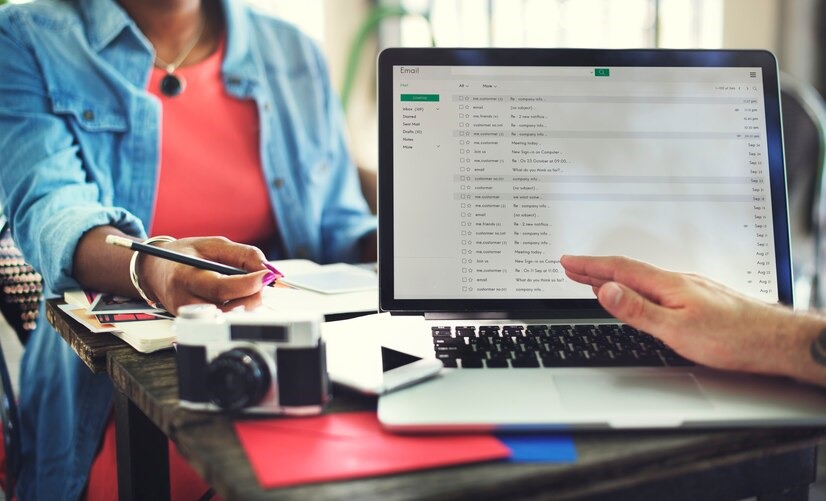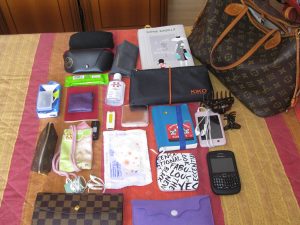Are you about going on leave but your heart is doing kikum because you know that you can’t really unplug and enjoy your leave without getting an urgent mail or two from your colleagues/boss?
Or the fear of being labeled as not-committed by your boss is preventing you from taking that much needed break? This article might be just what you need!
Taking a break from work is a must for mental and physical well-being, yet many professionals find it hard to disconnect completely while on leave. The constant flow of emails, notifications, and unfinished tasks can make it difficult to enjoy a truly work-free vacation.
However, with proper planning and communication, it is possible to take time off without work disruptions. Here are practical steps to ensure a stress-free, work-free leave.
Plan Ahead

The need for advanced planning when it comes to enjoying a successful work-free leave cannot be overemphasized.
As a matter of fact, it’s the most important thing. Most workers fill out their leave plan at the beginning of the year but never really prepare for it.
Before your time off, review your workload and identify the tasks that need to be completed before you leave.
Set realistic goals for what can be finished and delegate or reschedule tasks that can wait until after your return.
Having a clear roadmap will reduce the likelihood of last-minute emergencies cropping up during your leave. I’m sure you remember the popular saying about failure to plan…
Delegate Responsibilities

Delegation is crucial if you want to enjoy uninterrupted time off. Assign critical tasks to a colleague or team member who can handle them in your absence.
Provide them with clear instructions and all the information they’ll need to manage your responsibilities.
Ensure they know where to find relevant files and contacts, so they aren’t reliant on you for answers while you’re away.
Set Expectations with Your Team

Communication is essential to ensuring that your absence doesn’t lead to confusion. Let your team know the exact dates you’ll be unavailable and inform them of who will be covering for you.
Clarify the kind of situations that may warrant reaching out to you—if any—and emphasize that you expect to be contacted only in emergencies.
Setting these boundaries will help reduce unnecessary interruptions.
Hand Over Projects and Prepare a Checklist

Before you leave, hand over any ongoing projects to your designated colleague or team members.
Provide them with a detailed handover note outlining any key deliverables, deadlines, or issues they should be aware of.
A clear checklist will help your team stay on track and make it easier for you to pick things up smoothly when you return.
Set Firm Boundaries with Yourself

Taking a truly work-free leave requires discipline, not just from your colleagues but from yourself as well. Set firm boundaries and commit to sticking to them.
Resist the urge to answer work calls or respond to emails, and remind yourself that you’ve delegated responsibilities to capable colleagues who can handle things while you’re away.
Trust the process and focus on relaxing and recharging.
Leverage Technology to Automate Work

In the digital age, automation tools can help ensure that routine tasks continue without your direct involvement.
Schedule emails, social media posts, or reports to be sent out automatically during your absence.
Project management software like Trello, Asana or ClickUp can also help your team track progress and collaborate on tasks, reducing the need for you to be constantly updated.
Inform Stakeholders

If your work involves client-facing responsibilities, it’s important to inform your clients and external partners about your leave in advance. Let them know when you’ll be unavailable and who they can contact in your absence.
This proactive approach reassures clients that they’ll still receive support, and it helps prevent them from reaching out to you directly during your leave.
Prepare for a Smooth Return

As your leave comes to an end, plan for a smooth transition back to work. Block off some time on your first day back to catch up on emails, review tasks, and get up to speed with ongoing projects.
This will help you ease back into your workflow without feeling overwhelmed.
Taking a work-free leave requires preparation, communication, and setting boundaries.
By planning ahead, delegating tasks, and trusting your team, you can fully enjoy your time off and return to work refreshed and energized.
Remember, breaks are essential for maintaining productivity and preventing burnout, so give yourself permission to disconnect and recharge.
Want more tips on navigating the workplace with finesse? Join the “Co-working” community on Fusion.






133 Responses
пин ап вход пин ап казино официальный сайт пинап казино
Secure Account Sales Website for Buying Accounts
Secure Account Sales Account Purchase
пин ап вход: пин ап казино – пинап казино
vavada vavada vavada вход
вавада зеркало: vavada casino – vavada вход
https://pinupaz.top/# pin-up
Account Buying Platform Account Catalog
Account Buying Service Account Purchase
pin up azerbaycan pin up casino pin up az
пин ап вход: пин ап казино официальный сайт – пин ап вход
pin up pin up az pin-up
https://pinuprus.pro/# пин ап казино официальный сайт
pin-up casino giris: pin-up casino giris – pin-up casino giris
account selling platform buy account
secure account sales account acquisition
account selling platform profitable account sales
пинап казино пин ап зеркало пин ап казино официальный сайт
account store https://buyaccountsdiscount.com
pin up вход пин ап вход пин ап вход
https://vavadavhod.tech/# vavada
vavada вавада vavada вход
pin-up casino giris: pin-up – pin-up
вавада зеркало: вавада казино – vavada вход
vavada вавада казино vavada
account buying platform social media account marketplace
account buying service gaming account marketplace
вавада казино: вавада официальный сайт – вавада
вавада официальный сайт вавада вавада зеркало
пинап казино: пин ап казино – pin up вход
buy account account marketplace
database of accounts for sale website for buying accounts
https://pinuprus.pro/# pin up вход